„I’m a romantic schizophrenic.” – Alexander McQueen
Sometimes, when you wake up in the middle of the night at the buzzing of the grey shadow of a mosquito and your own loneliness, despite the multiple figures huddled under your covers, is sharp as a pocket knife. For a few seconds you might feel the chocking heaviness of what it’s like to be human in the “poor days” of an Anthropocene both nihilistic and inexorable. You then come to understand that the time you spent romantically lamenting over the condition of the poet within “the world’s night” only deepened the painful discontinuity between beings. You understand that we, the people of the Anthropocene, the glorious period where technological power has transformed man into a cosmic force with geological impact, still live in a flat universe, devoid of mystery, community, sacredness or poetry.
For most, salvation is reduced to artificial paradises. Here and now there are plenty to chose from! We are, however, reminded that their promoter, Baudelaire, recommended art before wine or hashish… So we ask ourselves, is art still capable of recycling any trace of mystery or trust to make livable the life of any person no matter how lonely, different, hypersensitive or extraordinary? Is it possible for us to recover the poetic, the brave, the uselessly scattered nature of the artistic practice of the present?
It’s true that art took measures by regrouping itself into a inter(medial/disciplinary) formula that can unite the forces of the visual with those of the gesture and sound and artistic practice with social practice. Due to this fitting, it proclaims itself to be an activist. One thing I asked myself during this summer, as I was watching the UNArte Fashion graduations shows, is how far can the power of “inter” extend? Can a fashion show, for example, constitute a visual art project?
We are all familiar with Alexander McQueen’s portfolio, with his fashion shows bordering on video art, dance and performance art: models skating on ice, floating on water, interacting with robots, populating far away planets. We recognize the interference of his collections within the museum space (Savage Beauty, Met, 2011, over 650.000 visitors and Victoria and Albert Museum, 2015, over 480.000 visitors). But what is happening this year in Bucharest?
In order to support my confidence in Fashion’s ability to produce visual discourse, I have chosen two UNArte graduation projects that are, in my opinion, as valuable aesthetically as they are socially anchored. The first show, personal but at the same time connected to the international artistic environment, is signed by Cosmin Ilea (Reminiscence of a dream, coordinator Venera Arapu, prize for best costume design 2019). Inspired by the Heavenly Bodies: Fashion and the Catholic Imagination collection (Metropolitan Museum of Art, New York, 2018), this collection is centered around a series of nine monochrome outfits, which follow the pattern of the wide A-shaped dress. A first observation is that the materials’ pompousness, explosive femininity, oversize volumes, richness and sensuality successfully reinterpret the famous design trend inspired by religious worship (Jean Paul Gaultier, John Galliano, Alexander McQueen, Dolce & Gabbana, Pier Paolo Piccioli). Secondly, it is noteworthy that, like Fellini’s ecclesiastical fashion presentation in Rome, the decadent-dramatic, depressing and spectacular atmosphere of Cosmin’s collection opens a wider horizon. Accessorized with conceptual jewelry that incorporates comments on the identity of the individual or preservation of the environment and supported by the journal of a mysterious alter ego, Victoria I. Leea (“Come with me,” said the woman who was now waiting for me to follow her. Does she still regret those words?”), at a closer look the outfits deliver an alternative discourse that combines the post-humanist reconsideration of the human-nature relationship with the process of the young artist’s intimate transformation.
After a long and intimate discussion on the terrace of Control Club, I find out more. Beyond a pertinent series of comments related to the current social context, the nine outfits mark just as many facets of transformation that the young artist intended when it came to making their dream of becoming a woman true. Yes, Victoria was the name chosen by Cosmin when they decided to engage onto the sinuous road of becoming transgender.
De Beauvoir as well as an entire wave of feminist and post-humanist writers already answered the question “is it enough to be born a woman or does one become a woman?”. Beyond any biological act, to be human, woman, individual entails a conscious decision, adopting certain values, practicing a certain morale. The post-humanist discrimination between given and built, between nature and culture, also contributes to revealing the social mechanisms that influence the making of the identities and practices of society. Cosmin chose to become a women and decided to mark the difficult process of transformation with a fashion collection. The choice of name, Victoria, is in itself a paradox. It invokes a period of civilization and bashfulness intersected with an era of decadent beauty, of sparkling women, of incandescent jewelry and 10-pound dresses. On an existential level, the name also incorporates the connotation of the victorious individual who chose choice, who chose to become what they are.
From a post-humanist perspective, reading the nine outfits starts with the central piece, dedicated to Humanity, followed by those dedicated to Flora, Fauna, the Aquatic. Twenty meters of red poplin manage to personify the conflicted and dramatic present of Humanity, its visceral aspect, the mixture of force and vulnerability, of masculine and feminine. The Anthropocene itself is invoked in a surge of bloody material, with oversize raglan sleeves, with a train capable of obliterating the fragile canvases of nature. Among these, the Aquatic is an immaterial dress of a blue as fine as the ice cycles that children lick on a cold January morning. Constructed out of approximately 60 meters of transparent tulle, along with a train, the outfit suggests the omnipresence and discretion of water, in contrast with the black accessory (a choker with sequins and feathers) which adds a gothic commentary to the topic of pollution. Likewise, Flora, made out of white cloth and manually decorated with red sand beads, and Fauna, of salmon-pink transparent tulle, exhibit the same vulnerability.
A glimmer of hope appears in the association of Humanity with the bloody velvet dress that represents Astrology, with the pink of Magic and with the black sequins that beautifully introduce the image of Faith. Not without taking precautions regarding the danger of any religious radicalism, the artist debates here the chance for a moment of return of the unifying Dionysian, of the transcending sacred. It’s also worth remembering that the manner in which Death’s outfit is playfully introduced, as a gray apparition, but constructed based on an imperceptible game of small, white dots on a black background. And over everything lies a lilac Time made of linen, accessorized with feathers that reveal the weight of a future that constantly creeps ahead of us. A perforated lace cape questions the Bergsonian idea of a past that is still struggling in present time.
The image of Tilda Swinton crossing centuries at a time, modulating her sexuality and gender in Orlando, the movie adaptation of Virginia Woolf’s book, can serve as the model for this fluid Victory, embodied somewhere at man’s interference with nature, at the border of the sky and the divine. We shouldn’t forget that, to a certain degree, fluidity makde its mark on human condition since the inception of the century. We adapt, we build virtual bodies and identities, we propagate within networks along with financial fluxes and mediatic affects.
The discourse on gender, brand and identity in the 21st century, on the confrontation between mainstream and alternative communities, is reiterated in the second project, Flazéda, by Giani-Alberto Ursache (coordinated by professor Oana Maria Roșca). First of all, it must be stated that Flazéda, a word invented by a Drag Queen in New York, at the intersection between three French terms blasé, laissez-faire and la di da, represents a state of spirit. It is the quintessence of femininity and aesthetics but also of blase and autonomy which, in my opinion, picks up the entire weight of 19th century dandy-ism and mixes it with what Susan Sontag calls camp sensibility. Camp is the healing force of the decorative, of pure contour, of style left to seek out form, inevitably erasing any difference between race, gender or content.
Where is this state embodied? It transpires out of the opulence of violet, the femininity of pale pink artificial fur and strings of pearls from Giani-Alberto’s collection but also from the boldness of his metallic accessories and neon colors. But there are further depths to access, for example in the space of agonist confrontations that is the catwalk of Harlem Voguing Balls where, since the 80s, the Latino and African-American LGBTQ community attempt to build an identity that is immune to heteronormative patterns.
Famous via Madonna and her song Vogue in 1990, Voguing is a dance style but also a duel between various Houses (House of LaBeija, House of Ninja, House of Xtravaganza, House of Balenciaga etc) set to showcase their original moves and outfits as well as their confident attitude (a mix of dandy-sim, “shade” and “realness”) to a panel of judges. From the documentary Paris Is Burning (1990, Jennie Livingston), an iconic reference to NYC Vogue balls, we learn that these houses are a mix of the status and glamour of fashion houses with the material and affective structure of an alternative family. Led by a “mother” or “father”, they offer a refuge for LGBTQ youth who were cast away by their families, stigmatized by society, those pariah who reunite the three stigmata of poverty, race and sexual orientation. In this context, Giani-Alberto’s project, with his own interest in drag and also forced to fend for himself since childhood in Iași, presents the visual and fashion discourse of a virtual house, that Giani calls The House of Bisous.
It should be noted that these balls fully function as a healing appearance, as reading the world in a camp key as an artistic phenomena. Some of the young participants arrive at the ball starving, not knowing where they’ll spend the night or what would happen to them the next day, recounts Peper Labeija, the famous mother of House LaBEIJA, in Paris is Burning. In this sense, those performing on the podium do not hope to become white or straight, but rather they give birth to an alternative universe just as glamorous, they built a parallel American Dream, they fight for their right to living such a dream.
The goal of these contests surpasses the mere winning of trophies or titles. The gain is to survive in a restricting and hostile world with the help of appearance: Strike a pose, there’s nothing to it! (Madonna) To sum up the fashion mirage of models, sparkling Hollywood characters from Dallas or Dinasty, the Oscars, Warhol’s fifteen minutes of fame, Voguing is a celebration of form and feeling despite any concepts or laws of reality. At the ball, you can defy “reality” or, better yet, the forever distorted way in which other see you. Anything is possible in this world of wonders and mirrors where, by showing off your arrogance, spirit, knowledge, beauty you can finally be, even if for a short while, yourself! Yourself and not your mere projection onto an actuality conditioned by inequality and determinism, yourself and not your distortion in the mirror of the immortal, wealthy, white male! If you think about it, why call this actualization “real”, when a much richer virtuality awaits behind every mirror and every dream? Why not recognize each parallel universe’s (including the Vogue balls as a conscious simulacrum of fame, refusing to adhere to any real norms) right to independence? Who holds us back to go beyond the mirror with the help of a glass, a (blue) pill, a Dionysian enthusiastic dance? Who can hold back the trans mania in transgression, trans-humanism or transgender? Who can stifle mania as a motor for art, poetry, love?
Like any Vogue ball, Giani-Alberto’s ball, called This Catwalk Is My Throne, involves multiple categories (these encourage diversity, how everyone excels with their body, figure, dance or posture): Disney Princess Realness, Street Wear Day Time, Cold Day Extravaganza, Bodylicious, Shy Lady Realness, Robotic 80’s, Alien Eleganza Extravaganza, DRAG. For each of these, a model presents an outfit by House Bisous, hoping to impress the judges. The fact that the materials, the lines, the accessories migrate between outfits, thus connecting them, the fact that they mark various categories does not hinder the collection’s coherence. Unitary and homogeneous, Flazéda emanates the spirit of friendship, family, House and joint community.
In the structure of the above categories we notice the recurring concept of “realness” as a way of measuring the distance between appearance and reality. There seems to be a topology of simulacrum: what is the distance between the real Marylin Monroe and the Drag Queen imitating her on the catwalk? Giani Alberto introduces a paradoxical category: Disney Princess Realness. As Baudrillard’s discourse attests Disney world as the absolute simulacrum, we ask ourselves what does it mean to be a real Disney Princess? Giani’s model offers a reinterpretation of Cinderella’s costume, with the blue dress swapped for a pair of leather splay pants, a corset, detachable sleeves and an oversize bow. The outfit for Shy Lady Realness also aims to cover the entire body, without leaving any uncovered skin besides the model’s face and hands, the most important body parts for Voguing. This would mean that Voguing sooner reveals the fact that the contemporary world of mediatic affects is a simulacrum of mirrors, of identities constructed by layering the real and the virtual, of masks that simply hide other masks. What some call emphatic truth, in reality it cannot surpass local validity.
The way in which the fashion world materializes the structures of the mediatic world is fascinating. In this sense, the outfit for Street Wear Day Time Realness puts together an extravagant look for breezy spring days using the principle of layering (over a pair of leggings, the artists adds a second pair of shorts) with a mirror-like metallic trench coat as the main piece.
The same face-off between real and virtual takes place in the categories Alien Eleganza Extravaganza as well as the savory Bodylicious, where the hourglass model of House Bisous, dressed in a very short violet top and a nude latex skirt, embodies the dream of Harlem dancers who are too poor to afford surgeries, and so they created their own pads from bed mattresses or couches. It’s worth noting the trans-humanist accents of Alien Extravanganza, where the green outfit (an overall with a hood and gloves) covers the entire upper part of the body like a second skin, respectively the way in which the face cover, with pearls around the mouth, eyes, and even ears, hides the identity of an other that could very easily be any of us.
The last two outfits, the most well put together aesthetically and conceptually, introduce two key characters of the post-humanist paradigm to the scene: becoming-machine and becoming-woman. Robotic 80s’ favors marrying the condition of the woman with that of the machine in a trans-humanist universe. Applying the layering principle once again, the outfit overlays violet and neon green, tops and pants. A robotic air is emanated by the energetic and shattered movements of the model wearing a metallic tiara (talented Raluca Ungureanu who recreates the Blade Runner universe through makeup and posture). Same with the bi-dimensionality of the green pieces that fit the model in a kind of armor, casing, hood: a belt and a waistcoat (of rigid artificial leather, with exaggerated shoulders that remind one of the disco period when the balls were on the rise).
The Drag outfit matches a pink bra, of artificial leather, with short metallic pants, long violet socks and a trench coat with short, puffed, organza sleeves. The goal here is to shed light on the Drag Queen, the last romantic to take part in the ball. Thinking of how the queer imaginarium has influenced all of today’s pop culture, Drag is a performative art where a person (usually a man) creates an extravagant character with exaggerated features. This is every dandy’s reclaim of their dream of becoming a work of art. It is also a reclaiming of Baudelaire’s considerations on make up. Subjected to the laws of bizarre beauty and the reign of the extraordinary, a Drag Queen ignores mere mimicking, with no interest in looking like a natural woman. For them, make up does not retouch, it attacks, it creates, it fascinates, it activates the essential mental faculty that is imagination, for which nature turns out to be “a plain dictionary”.
The Flazéda collection proves to be a celebrations of imagination, an explosion of latex, pearls, leather and artificial fur, a transfusion of energy, effervescence, assurance. In das Man’s grey and impersonal world of patterns, we are reminded of the respect the extraordinary deserves. Cold colors, usually associated with masculinity – green, blue, indigo, violet – adds to the well known femininity of the LGBTQ a much needed mark of courage and power in a homophobic and transphobic society.
Flazéda and Reminiscence of a dream both remind each woman who has defeated the weakness of a vulnerable morning with the energy of a red lip liner (or a song by Lady Gaga) that we are all hiding a queer embryo in our bellies, a Drag Queen, a little bit of camp, a decadent thorn without which no rose could ever bloom. They also teach us that in a post-traumatic world, being queer means feeding yourself with what Celan and, later on, Massive Atack called “Black Milk”. On a more romantic note, being queer means reclaiming mystery, the multitude of sense, nuances, to preposition a more positive outlook within a cosmos that is dominated by laws and functionality. Being queer means being human with no capital H, while humanizing everything you touch, from machines to plants.
Once we become aware of the positivist era’s need for mystery can be fed in the most mysterious ways (including ways favored by technology), aware that, since all that is sacred implies the double meaning of holiness and crime, there is also an uncertain mix of masculine and feminine, cruelty and cowardice, an indiscriminate part (cursed, according to Bataille), we can only hope to live within a culture mature enough to understand and that the female / male duality is not limited to the gender specified in an identity card, that age is not measured in figures, and that your domicile registered with the police does not guarantee your dwelling on earth, under the sky.
POSTED BY
Raluca Oancea
Raluca Oancea (Nestor), member of International Association of Art Critics (AICA) and European Network for Cinema and Media Studies (NECS), is a lecturer at The National University of Arts in Buchares...
www.Dplatform.ro

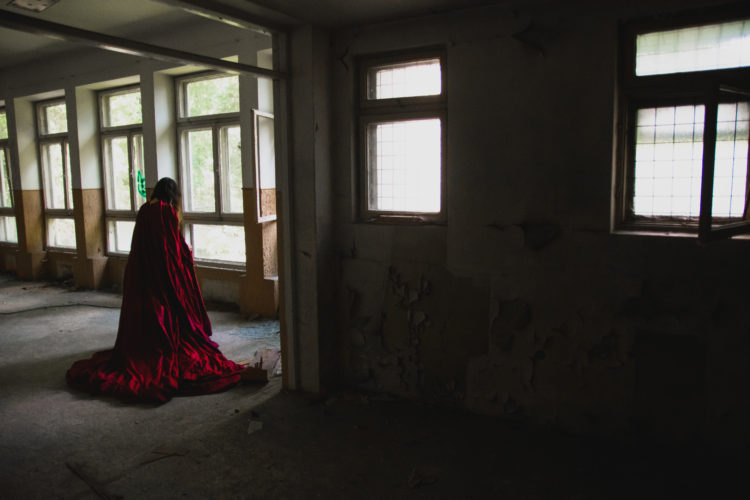
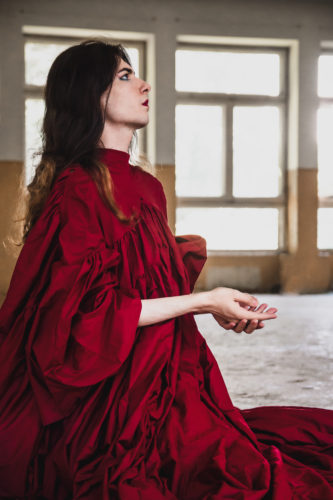
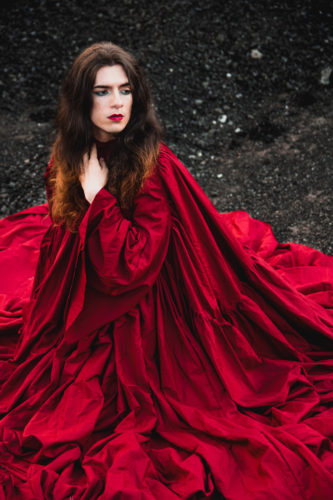
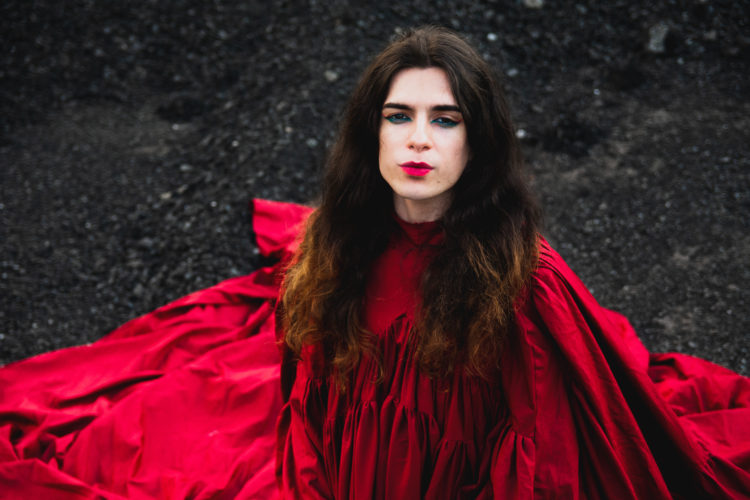
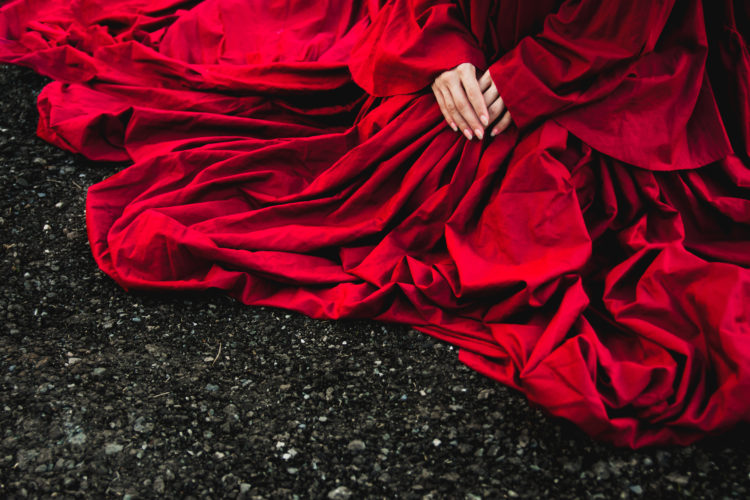
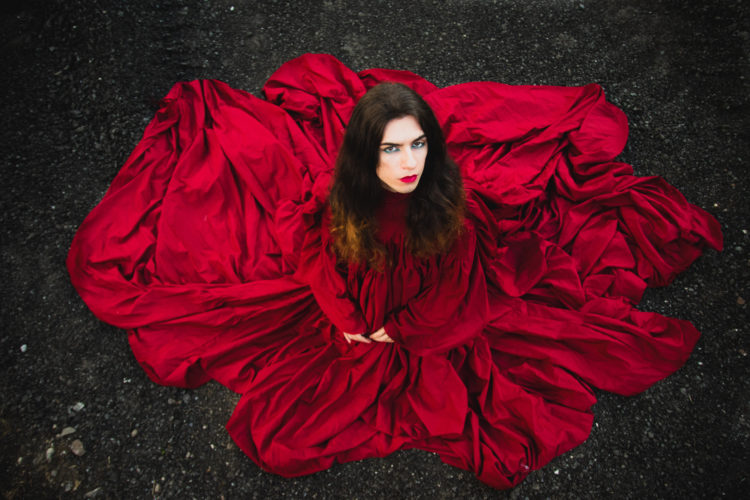
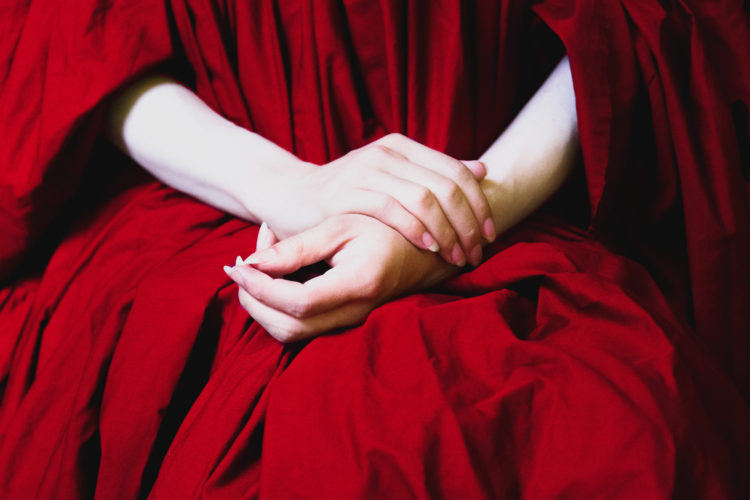
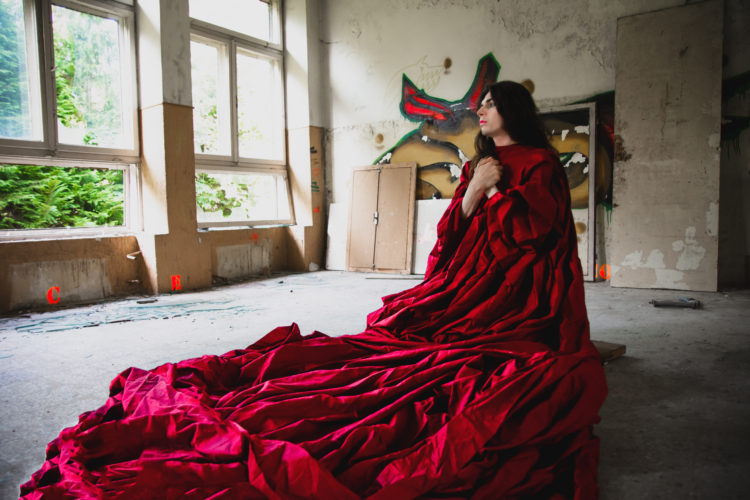
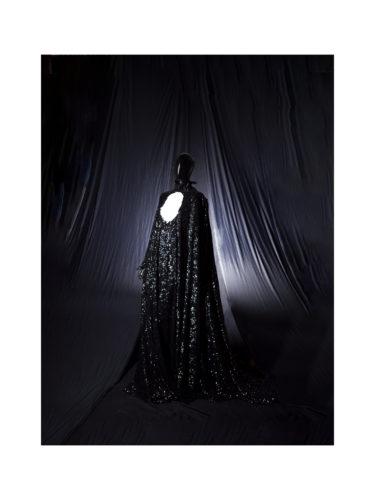
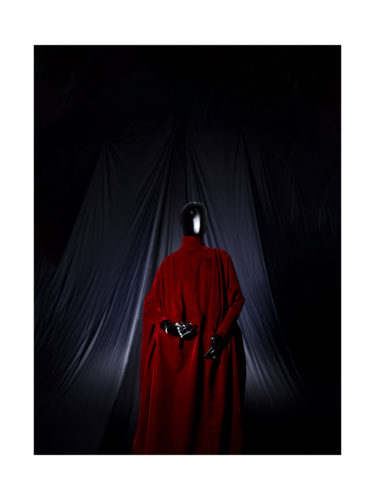
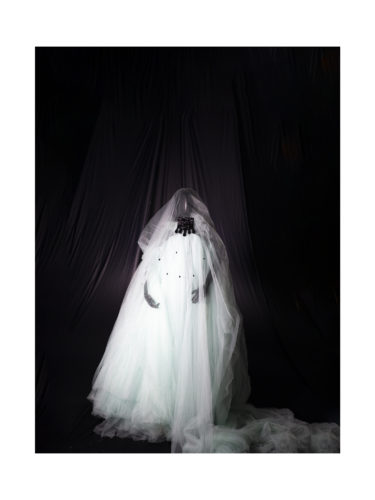
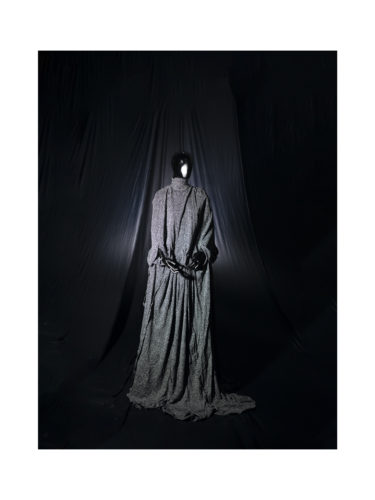
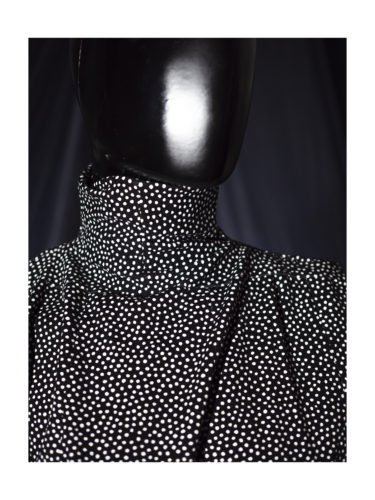
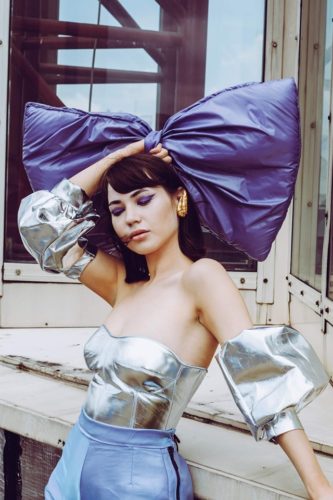
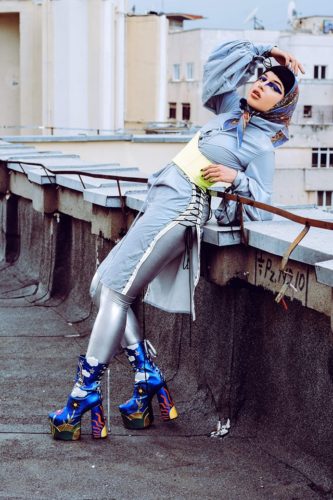
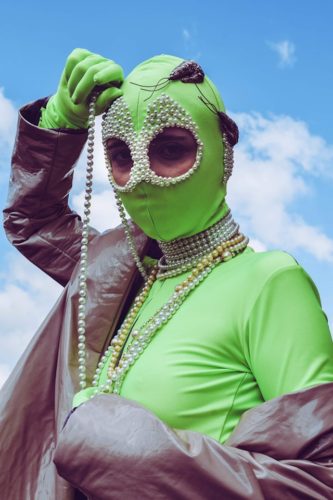
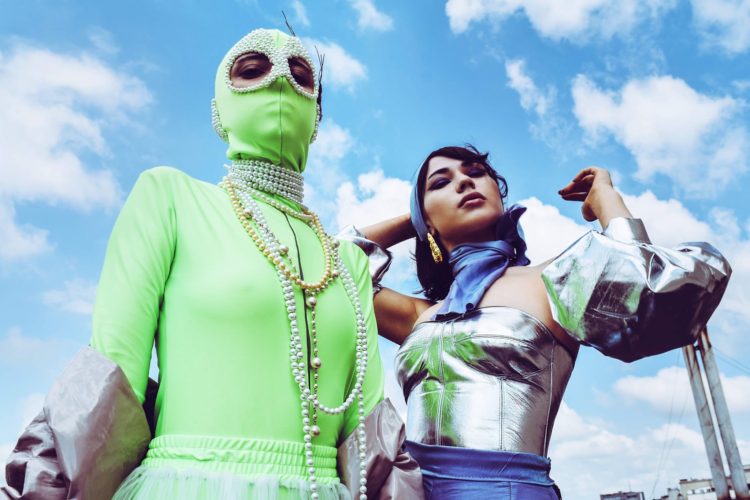
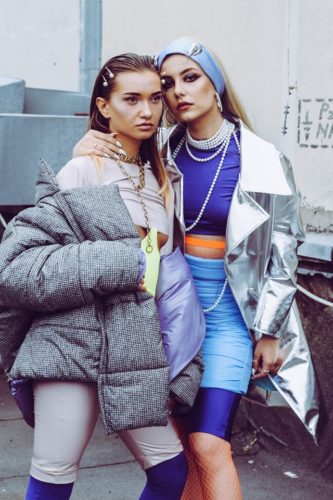
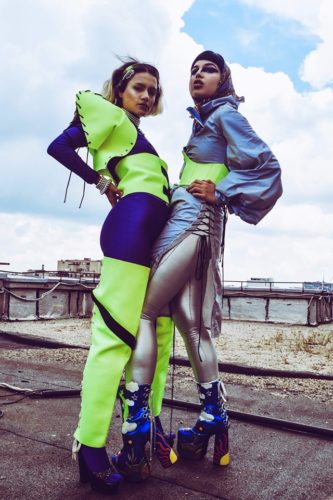
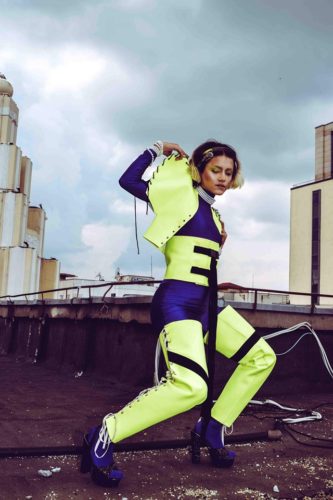
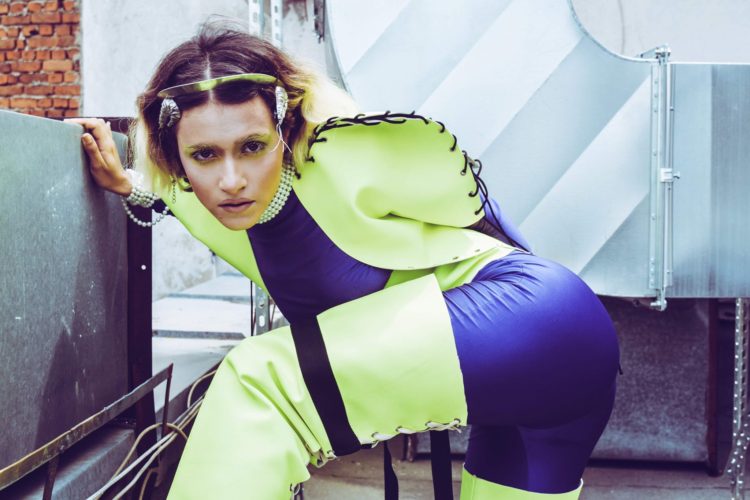
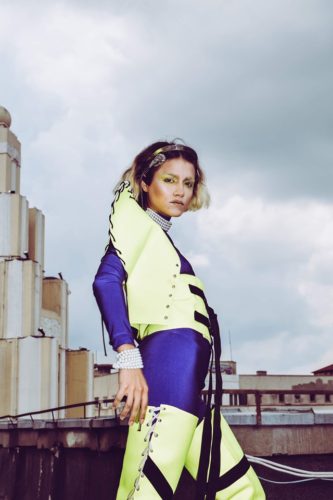
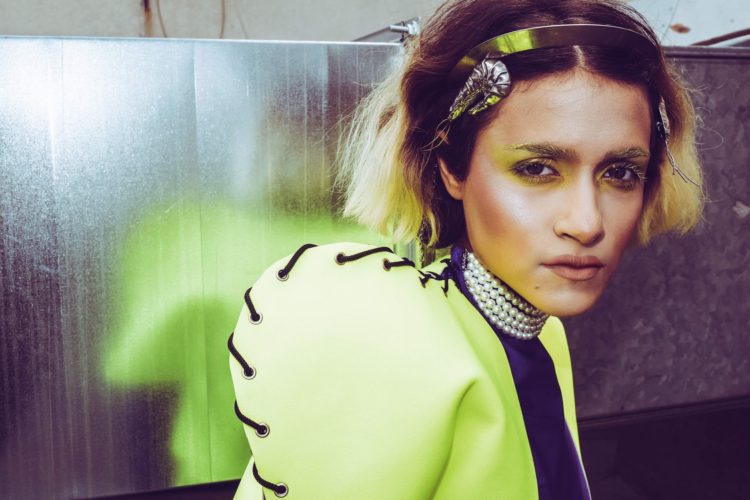
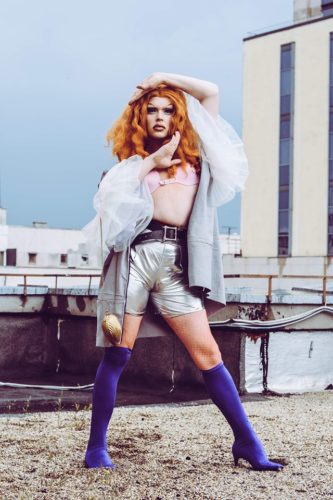
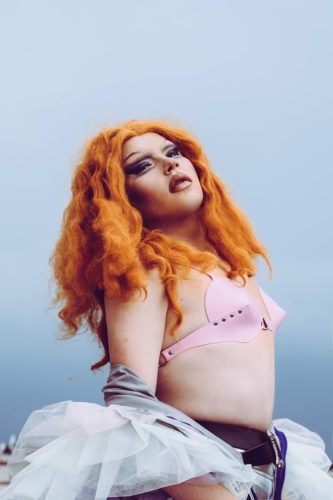

Comments are closed here.